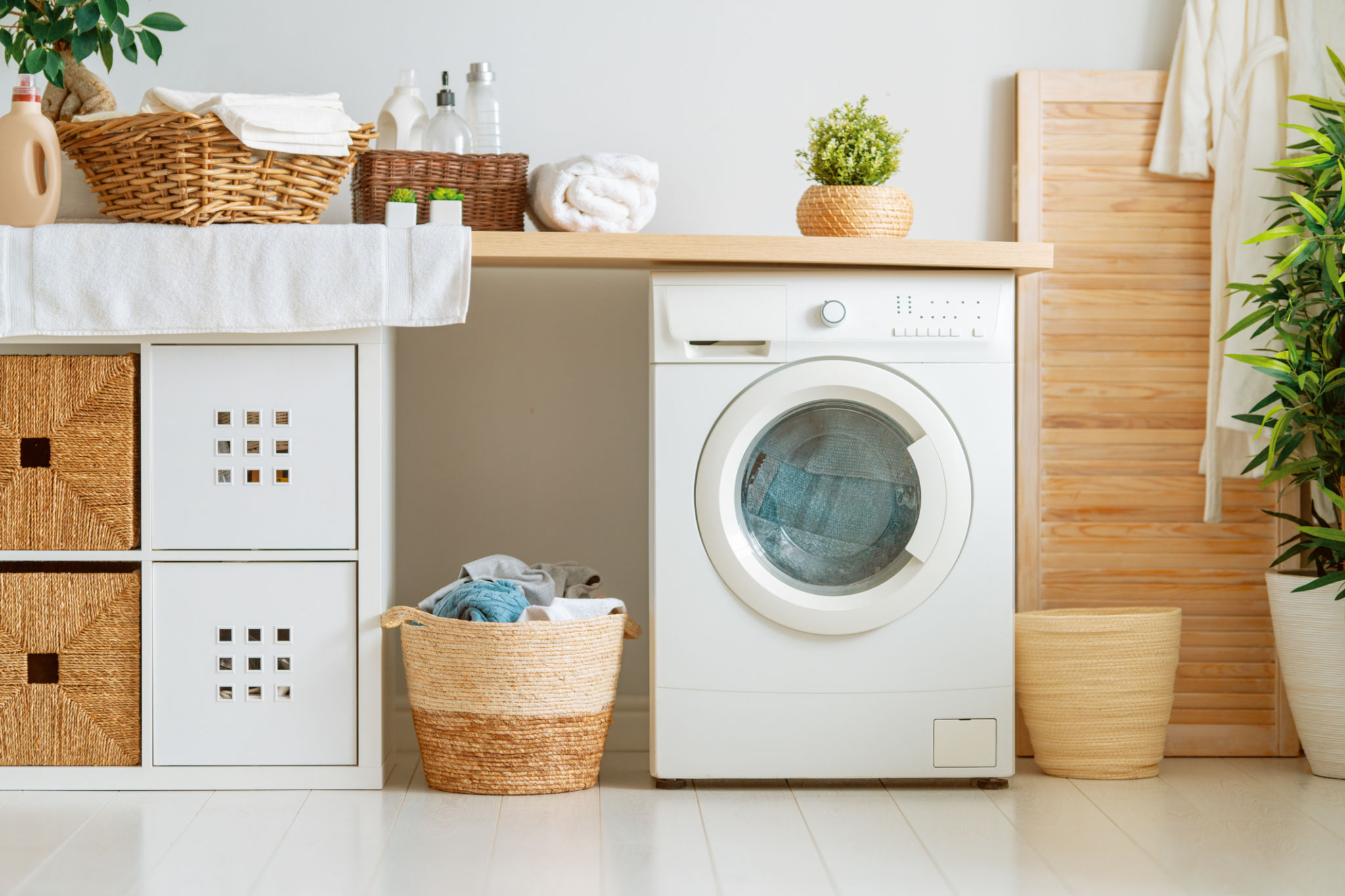DIY Pressure Washing: What You Need to Know Before Getting Started
Why Choose DIY Pressure Washing?
Pressure washing is a fantastic way to clean outdoor surfaces efficiently and effectively. Choosing to do it yourself can save you money and give you the satisfaction of a job well done. However, before you dive into this project, it's important to understand the basics and ensure you're prepared for the task at hand.

Essential Equipment for DIY Pressure Washing
Before you start, you'll need the right equipment. The most crucial piece is, of course, the pressure washer itself. These machines come in various models, typically categorized by their power source: electric or gas-powered. Electric models are generally quieter and better suited for smaller jobs, while gas-powered ones offer more power for larger, tougher tasks.
In addition to the pressure washer, you'll need a few accessories:
- Nozzles: Different nozzles provide varying levels of pressure and spray patterns.
- Extension Wands: These help reach high or difficult areas without a ladder.
- Surface Cleaner Attachments: Useful for cleaning flat surfaces like driveways and patios.
- Safety Gear: Goggles and gloves are essential to protect yourself from debris and spray.
Preparing the Area
Proper preparation is key to successful pressure washing. Start by clearing the area of any obstacles such as furniture, decorations, or vehicles. This not only protects them but also provides you with an unobstructed workspace. If you're washing your home, close all windows and doors tightly to prevent water from entering.

It's also wise to check for any loose materials or surfaces that might be damaged by high-pressure water. Secure or repair these areas before you begin. Consider testing a small, inconspicuous area first to ensure the pressure won't cause any damage.
Techniques for Effective Cleaning
The technique you use can make a significant difference in the outcome of your pressure washing project. Always start with the lowest pressure setting to avoid damage, gradually increasing as needed. Keep the nozzle moving in a sweeping motion to prevent streaks or etching on surfaces.

Aim to maintain a consistent distance from the surface, typically between 6 to 12 inches. This ensures even cleaning and prevents accidental damage. When tackling vertical surfaces like walls or fences, work from the bottom up to avoid streaks.
Safety Tips
Pressure washers can be dangerous if not used correctly. Always read the manufacturer's instructions before operating your machine. Wear appropriate safety gear, such as goggles and gloves, to protect yourself from flying debris and water spray.
Be mindful of your surroundings and avoid spraying near electrical outlets or fixtures. Never point the pressure nozzle at people or pets, as the high pressure can cause injury. If using a ladder, exercise caution as the force of the water can make it unstable.
Environmental Considerations
While pressure washing is an effective cleaning method, it's essential to be mindful of its environmental impact. Use biodegradable detergents and avoid letting runoff enter storm drains or water sources. Be aware of local regulations regarding water use and disposal during pressure washing activities.
Consider collecting and properly disposing of wastewater if you're using chemicals or detergents, helping to protect both your property and the environment.
Conclusion: The Reward of a Job Well Done
DIY pressure washing can be a rewarding project that leaves your outdoor spaces looking fresh and clean. By equipping yourself with the right tools and knowledge, you'll ensure a successful outcome while protecting your property and the environment. Happy cleaning!
